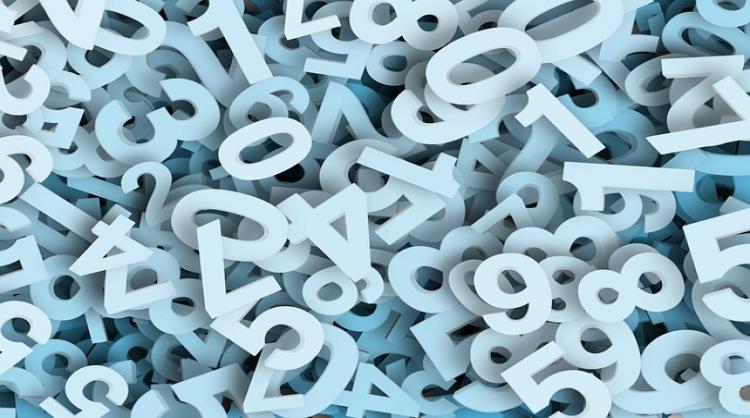FCC Improves Reassigned Numbers Database
April 14, 2022 | by Andrew Regitsky

From the “who knew it existed file,” the FCC announced on April 8, 2022, that it is improving its Reassigned Numbers Database (RND) by “making it more affordable and valuable for callers as a resource to reduce the number of unwanted phone calls Americans receive.” These improvements include updating its subscriber rate structure to support access by callers so they can avoid making unwanted calls and clarifying its safe harbor rules to encourage its use.
Although not widely known, the RND is designed to prevent a consumer from getting unwanted calls intended for someone who previously held their phone number. Callers can use the database to determine whether a telephone number may have been reassigned so they can avoid calling consumers who do not want to receive the calls. The database became operational for paid subscribers on November 1, 2021. It contains more than 152 million geographic and toll-free numbers.
The Commission notes:
Millions of phone numbers are reassigned each year. When a consumer gets a new phone number that was previously assigned to another consumer, businesses and other callers frequently do not learn of the reassignment right away and may inadvertently call the new consumer rather than the prior holder of the number. This results in the new consumer receiving unwanted calls and the prior number holder not receiving calls he or she expects, like notifications from a doctor’s office, financial institution, or school. The Reassigned Number Database is a first-of-its-kind resource to help callers reach their intended recipients while avoiding making calls that could trigger potentially costly liability for violations of the Telephone Consumer Protection Act. Callers that subscribe to the database can use it to determine whether a telephone number may have been reassigned so they can avoid calling consumers who do not want to receive the calls. (FCC News Release April 8, 2022).
The Commission recently approved new usage pricing that will become effective on April 27, 2022, that will offer users more pricing options, lower prices for most subscribers, and discounts for caller agents subscribing to the highest tiers.
The agency also clarified for callers that using agents to check the database will not impair their eligibility for a safe harbor from liability under the Telephone Consumer Protection Act. The clarification resolves potential confusion about whether the use of agents – an option many callers may choose for convenience – would deprive them of the safe harbor. A caller can meet the safe harbor obligations by proving that it: (1) obtained consent from the intended call recipient; (2) checked the database prior to calling the number to verify that the number had not been permanently disconnected, or reassigned, after the date the caller obtained consent; and (3) received from the database a query response of "no" that was incorrect.
The RND mandates several requirements for telephone service providers. These include:
Record-Keeping - As of July 27, 2020, service providers are required to maintain records of the most recent date that each phone number assigned to one of their subscribers was permanently disconnected. Small business service providers (those providers with 100,000 or fewer domestic retail subscribers) had until January 27, 2021, to comply with this record maintenance rule.
Aging - As of July 27, 2020, all service providers are required to age telephone numbers for at least 45 days after permanent disconnection prior to reassignment.
Reporting - On the 15th of every month, all service providers must report permanent disconnections of their subscribers' telephone numbers to the Reassigned Numbers Database Administrator (RNDA).
• Providers are required to submit disconnected number data to the RNDA in accordance with prescribed technical specifications.• If a provider does not have new permanent disconnections to report for a monthly period, that information must be submitted to the administrator.
For more information about the Reassigned Number Database please visit its website at www.reassigned.us.

